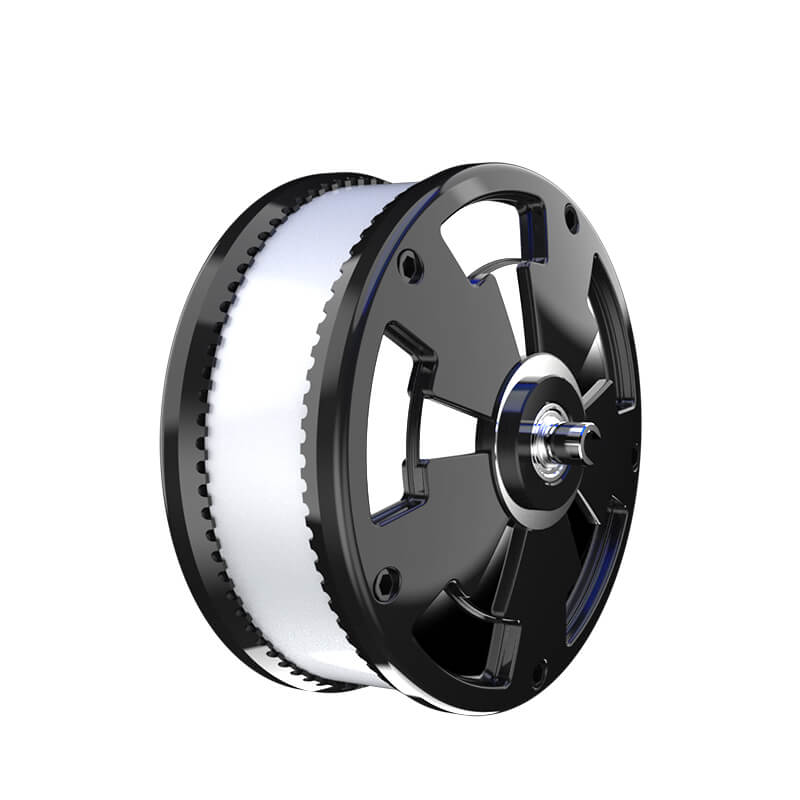Imagine you're tinkering with a project that demands precision and smooth motion. That's where an ac servo motor circuit diagram comes into play—think of it as the roadmap guiding your motor to do exactly what you want, just bulging with reliability and finesse. You might have seen a basic setup, but real-world applications need a little more grunt—a clear, well-structured circuit diagram that simplifies the chaos.

Why bother with a detailed circuit diagram? First, it helps demystify the complex wiring, making troubleshooting way easier. It’s like having a GPS for your motor; instead of wandering in the dark, you know precisely where every connection should go. Whether you’re controlling a robot arm or fine-tuning a CNC machine, understanding how the components connect and work together means fewer surprises down the line.
The core of an ac servo motor circuit typically includes the motor itself, an encoder for feedback, a driver unit, and a power supply—each playing a vital role. The driver acts as the brain, translating signals into motion, while the encoder keeps everything aligned, constantly telling the driver where the rotor is. When inspecting circuit diagrams, look for the flow of signals from the control unit to the driver, and from there, to the motor. It's like watching a conversation unfold between parts, making adjustments in real-time.
You might wonder: how do the fundamental parts link up? Well, a core aspect is choosing the right components that match your motor's specs—voltage, current, and torque requirements. A mismatch can throw off your entire setup. Proper wiring ensures smooth communication and less interference, which is crucial when precision counts.
Here's a quick question: what’s the biggest mistake in wiring a servo motor? Often, it’s overlooking the grounding or neglecting shielding, which can cause noise issues. The result? Unpredictable movements or occasional jitters. That’s why a clear circuit diagram isn’t just helpful; it’s practically essential.
When you look at a sample diagram, expect to see the power supply feeding into the driver, then the driver connecting to the motor, with feedback loops from the encoder wrapping back. It’s a dance of wires and signals—each step meticulously designed so that your motor responds instantly to control inputs.
Choosing KPOWER’s servo motor circuit diagrams means opting for clarity, durability, and ease of integration. Think about the last time a machine malfunctioned because of a wiring mistake. Now imagine preventing that with a diagram that lays everything out in black-and-white. That’s the power of a well-drafted circuit plan.
Isn’t it pretty wild how a simple diagram can make complex machinery tame? It’s like having a secret weapon that transforms chaos into harmony. Whether you're building an automated system or refining an existing setup, these diagrams serve as trusted guides, helping you avoid pitfalls and speed up development.
In the end, it’s about control—finer, sharper, more reliable. And at the heart of that control lies a clear, concise circuit diagram, turning what could be a tangled web into a straightforward pathway. When you put your trust in a good design, you’re not just making a machine work—you’re making it sing.
Established in 2005, Kpower has been dedicated to a professional compact motion unit manufacturer, headquartered in Dongguan, Guangdong Province, China. Leveraging innovations in modular drive technology, Kpower integrates high-performance motors, precision reducers, and multi-protocol control systems to provide efficient and customized smart drive system solutions. Kpower has delivered professional drive system solutions to over 500 enterprise clients globally with products covering various fields such as Smart Home Systems, Automatic Electronics, Robotics, Precision Agriculture, Drones, and Industrial Automation.




































